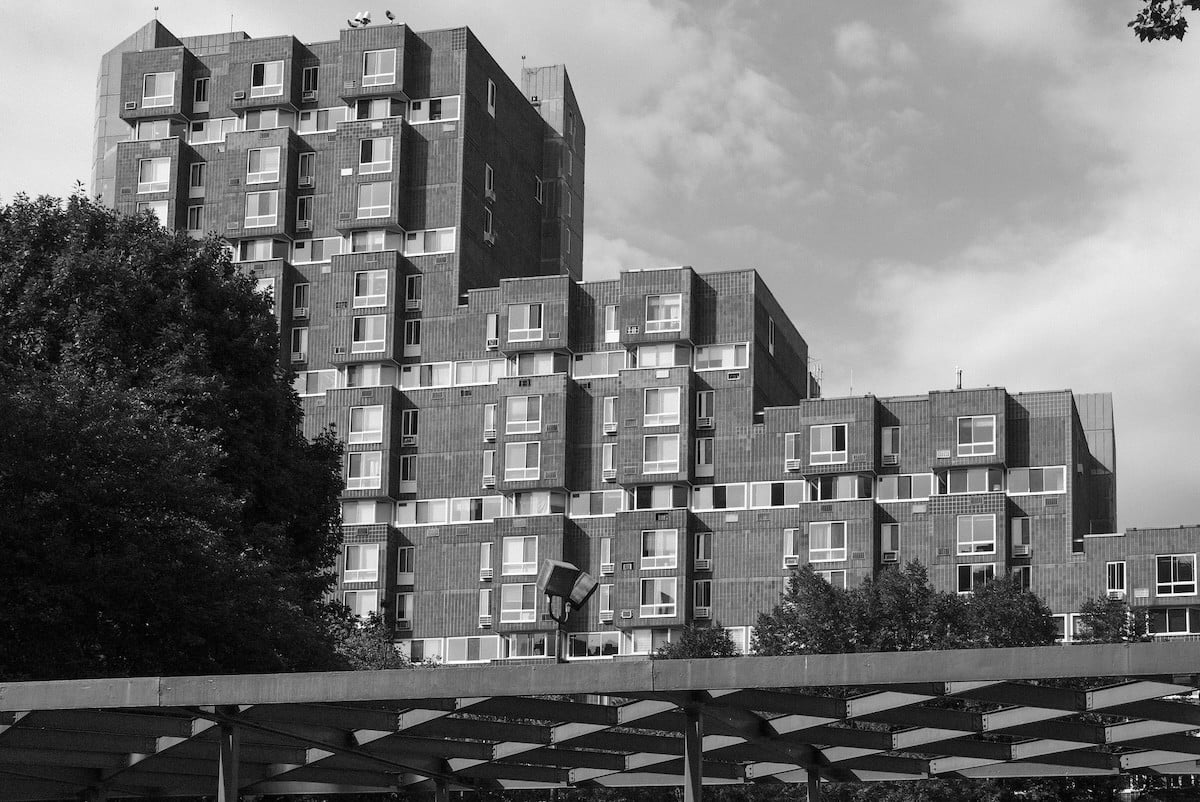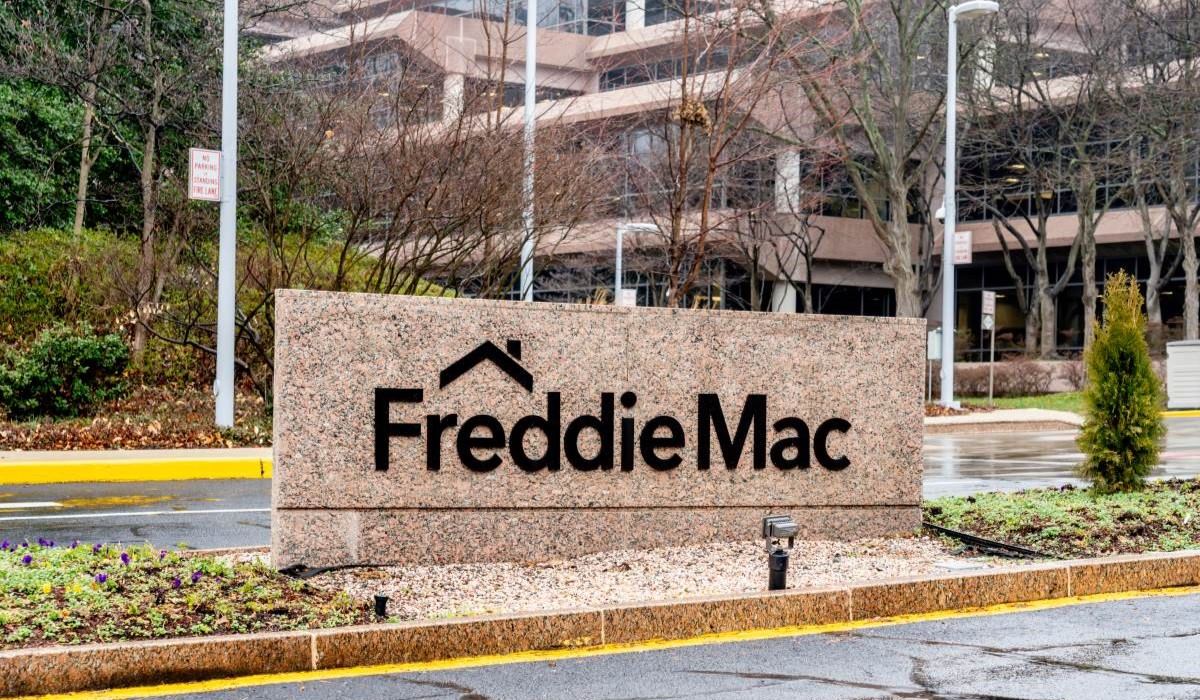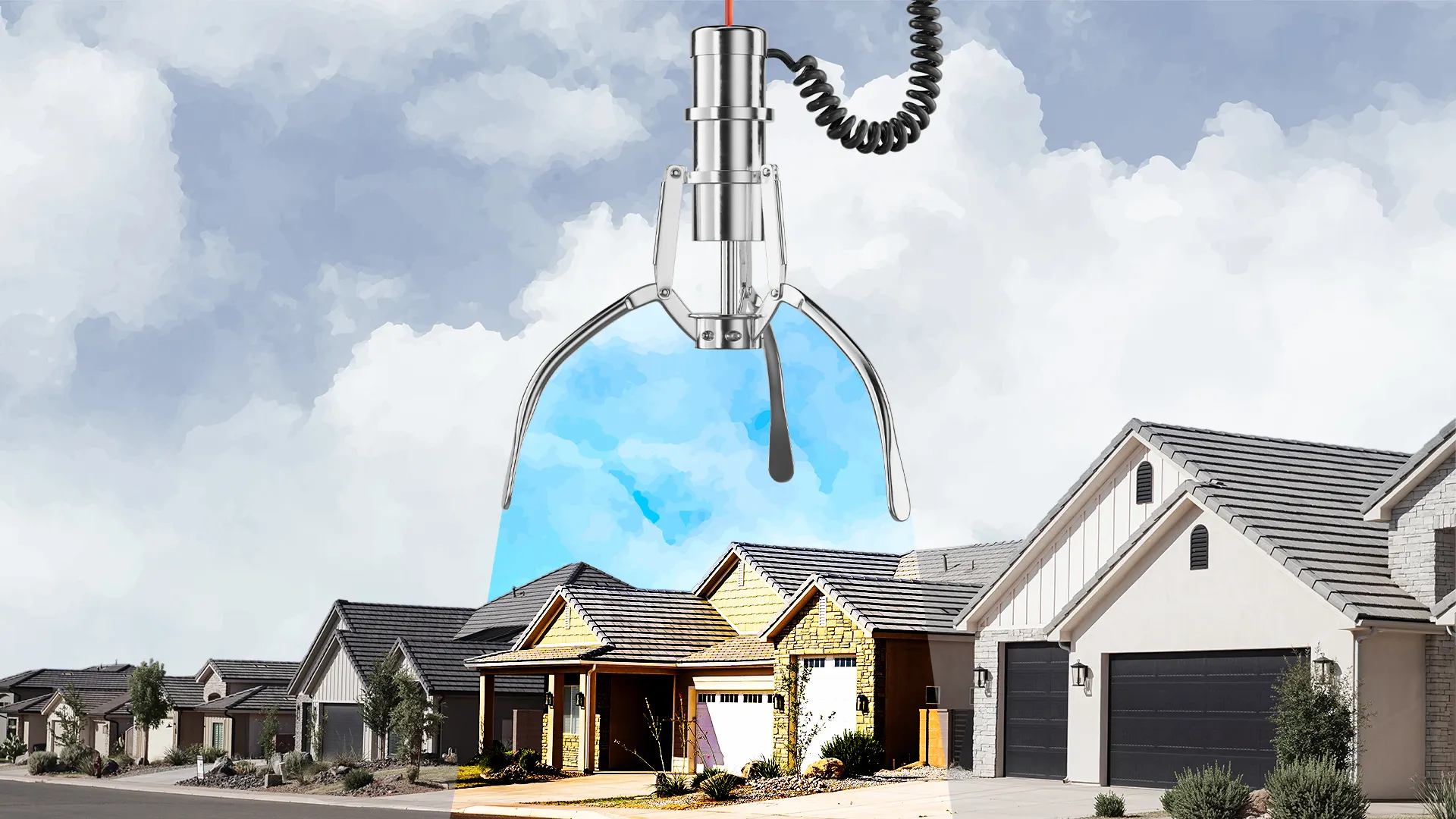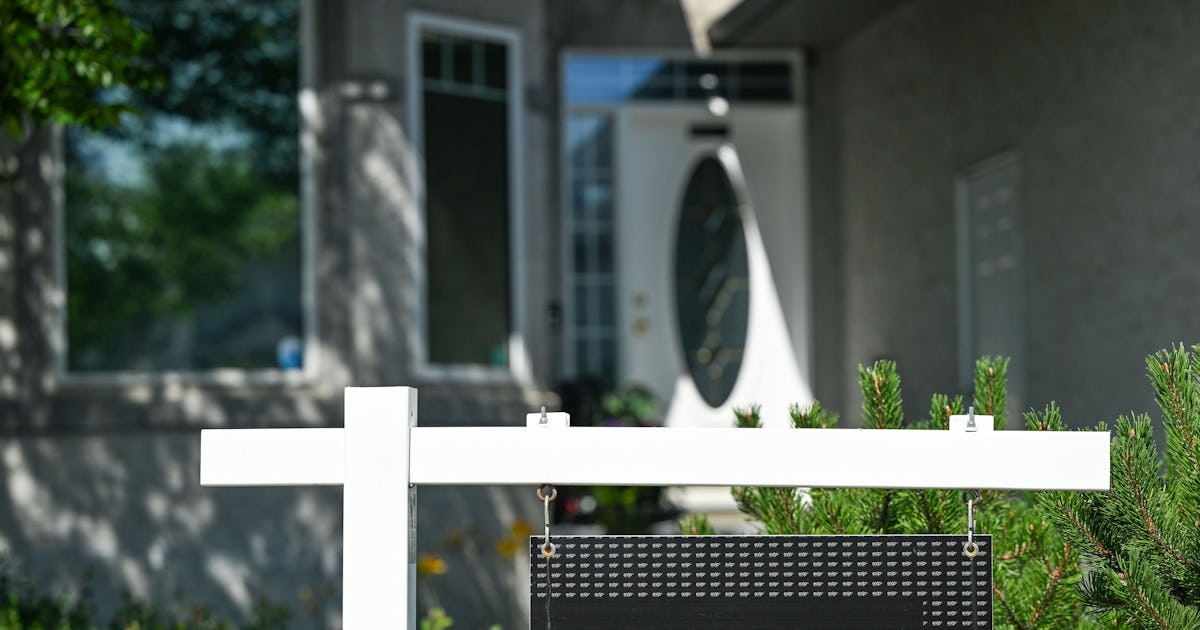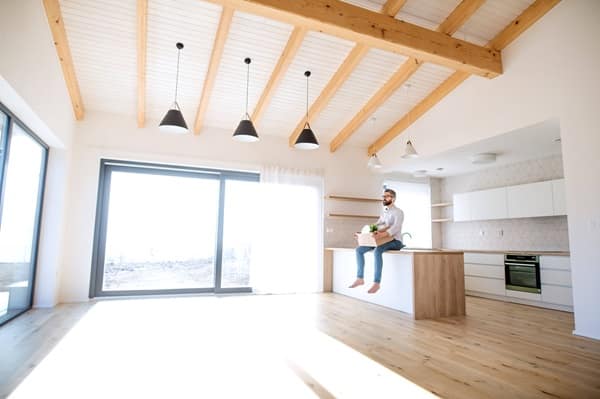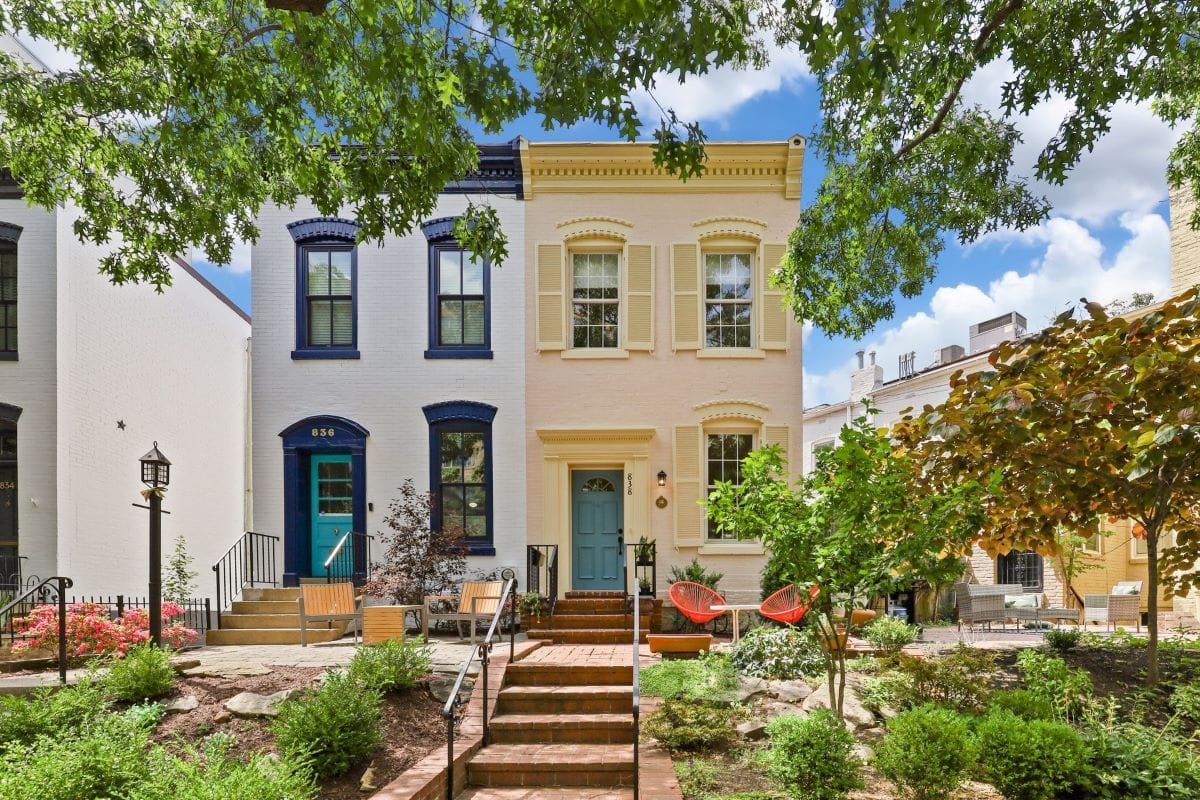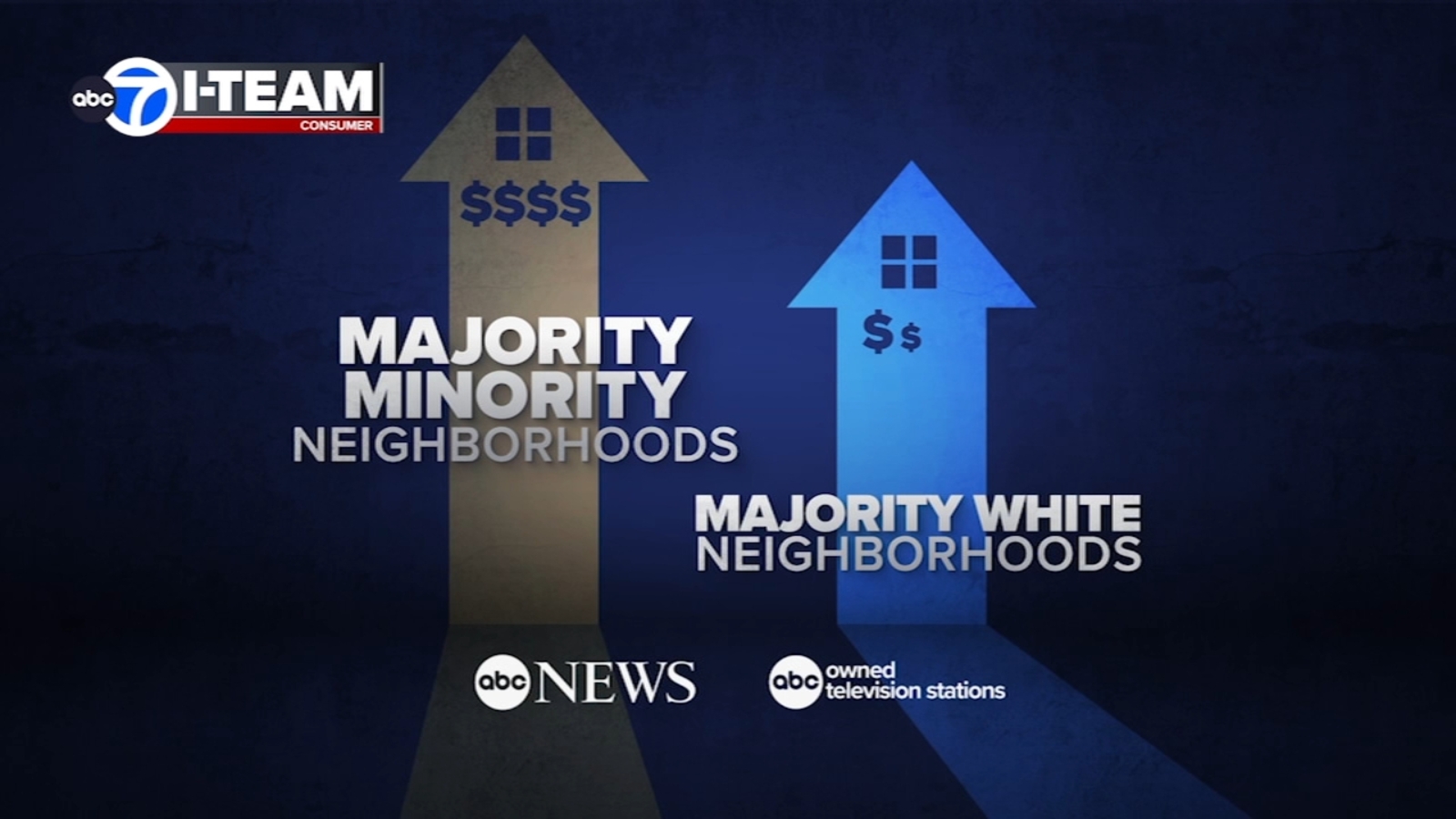#homeownership
#homeownership
[ follow ]
New York City
fromwww.amny.com
2 weeks agoOp-Ed | The City Council has a golden opportunity to turn around the housing crisis this year | amNewYork
Local Law 18 curtailed short-term rentals, reducing homeowner income options and worsening affordability; modest legal changes could restore supplemental income without undoing protections.
fromFortune
2 weeks agoNo, you probably aren't wealthier as a 'double-income, no kids' DINK. The married couples are better off, Pew finds | Fortune
One of the key reasons: homeownership. DINKS may have higher household incomes and more advanced degrees, but they own fewer homes, resulting in less equity. Having kids often push couples into homeownership: 71% of DINKs own a home, compared with 79% of dual-income couples with kids. Age is also an important factor, as people tend to accumulate more wealth as they grow older.
Real estate
fromBusiness Insider
1 month agoShe was paid to move to a new state. One year later, she's thriving in Georgia.
Althea McBride's Georgia home is an "Afro boho" oasis. Her living room and hallway walls are painted black, acting as a dramatic background to her many African sculptures and art. The dining room's burnt orange walls are decorated with vinyl records like Aretha Franklin's "Knew You Were Waiting: The Best Of Aretha Franklin 1980-1998" to Kendrick Lamar's "GNX." It's been a year since McBride bought her home, and outside a few hiccups, like a wasp infestation and disputes over property lines,
Real estate
fromRedfin | Real Estate Tips for Home Buying, Selling & More
1 month agoIs it Better to Buy Land or a House? How to Decide Before You Buy
When thinking about real estate, you might wonder whether it's smarter to buy land or purchase a house. Both options have unique benefits, and the right choice depends on your goals, budget, and lifestyle. Some people dream of building a custom home from scratch in , while others want the convenience of moving into a ready-made property in Kirkland, WA . In this Redfin article, we help you understand the differences between the two so you can make an informed decision.
Real estate
from24/7 Wall St.
1 month agoShould I Refinance My Mortgage from 7.375% to 6% - Is It Worth the Cost?
Considering the current mortgage rate of around 6.41% in September 2025, and knowing that rates were half as much 10-15 years ago, it's becoming increasingly hard to convince anyone that buying a house right now is a good idea. This uncertainty has led individuals like this Redditor, who purchased a home with a high mortgage rate and is now deciding whether or not refinancing is a good option.
Real estate
fromSFGATE
2 months agoTikTok's 'Great Lock-In' for Homebuying Success: 5 Key Takeaways
The "Great Lock-In" trend on TikTok has gained momentum as a strategy to help individuals achieve their goals, such as homeownership, by focusing intensely on saving and planning during the last few months of the year. This trend aims to motivate and support individuals in their financial journey toward homeownership. Let's delve into the key takeaways from this trend:
Real estate
fromBuzzFeed
2 months agoIf You Recently Bought A Home And Actually Really, Really Regret It, Tell Us Why
Buying a home is supposed to be one of life's big milestones - but sometimes, the reality of being a homeowner comes with way more stress, regret, and unexpected challenges than anyone warned you about. So, we want to know: If you recently bought a home and already regret it, what happened? Maybe you moved farther from friends, family, and the places you love than you ever wanted, and now every commute feels like an endless slog.
Real estate
New York Rangers
fromwww.cnn.com
2 months agoMamdani works to win NYC's Black voters and move past accusations that he's on Team Gentrification'
Zohran Mamdani is courting Black voters by emphasizing homeownership and affordability amid accusations his supporters drive gentrification and with the Black vote potentially decisive.
fromFortune
2 months agoThe American Dream has a price tag: at least $5 million. And don't forget that college degree | Fortune
The cost of achieving the American Dream in 2025 has soared past $5 million, according to a comprehensive analysis by Investopedia, marking a staggering milestone in the financial realities facing U.S. households today. This figure represents the cumulative lifetime expenses of eight pillars of middle-class aspiration, and stands nearly $600,000 higher than last year's estimate, and almost 50% more than just two years ago.
US news
fromwww.housingwire.com
2 months agoDetroit's new 40% down payment assistance program
Borrowers can secure a conforming first mortgage without mortgage insurance, lowering monthly payments. The assistance is repaid, along with a share of market appreciation, when the home is sold or refinanced. This new partnership will help make the dream of homeownership a reality for more Detroiters, offering the kind of affordable support that leads to long-term housing stability, said Amy Hovey, CEO and executive director of MSHDA.
Real estate
Education
fromIndependent
2 months ago'I'll teach them not to see buying a house as the only financial goal' - nine money experts share the advice they give to their children
Parents often prioritize manners over money education, but children need early instruction on spending, saving, budgeting, and realistic expectations about housing and the economy.
fromFortune
2 months agoAmerica's homeownership rate falls for the first time since 2016 amid economic and demographic shifts, Redfin says
Redfin puts it bluntly: America's homeowner population has stopped growing. Chen Zhao, Redfin's head of economics research, attributes this to "rising home prices, high mortgage rates and economic uncertainty [which] have made it increasingly difficult to own a home." Zhao also noted secular shifts in the economy that may be playing a role. "People are also getting married and starting families later, which means they're buying homes later-another factor that may be at play."
Real estate
fromFortune
3 months agoBoomers' wealth soars, leaving millennials and Gen Z behind
As young buyers scrape together down payments, boomers are sitting on $82 trillion in wealth-more than twice what Gen X has and four times as much as millennials. New research shows the wealth gap has only widened since the 1980s, as older generations saw bigger gains in homeownership and stocks while younger people took on faster-growing mortgage debt. With boomers holding onto large homes and aging in place, younger buyers are struggling to break into a shrinking market.
US news
fromBusiness Insider
3 months agoAmerica's richest generation got much richer in recent decades as everyone else fell behind
Between 1983 and 2022, the relative household wealth of Americans 75 and older soared, while the mean net worth of all other age groups fell, according to a new paper by Edward Wolff, a New York University economist. Wolff found the gap was driven by three main factors: the homeownership rate, the share of stocks owned, and mortgage debt. He zeroed in on the gap in median net worth between Americans over 75 and those under 35.
US news
Real estate
fromBusiness Insider
3 months agoThis Gen Zer just bought a $395,000 house with his fiancee. Good jobs and savings helped - along with this one key strategy.
A 24-year-old saved aggressively by living with parents, combined household income ~$100,000, saved $3,000 monthly, and bought a $395,000 home.
fromSFGATE
3 months agoHomeownership Is Hardest For Young Adults in This State-5 Key Takeaways
Only 36.4% of U.S. residents under 35 own homes, reflecting a broader decline in homeownership rates among younger age groups. The situation is particularly dire in Massachusetts, where the median listing price is $797,000 and requires an annual income of approximately $210,000 to afford.
Real estate
fromBoston Condos For Sale Ford Realty
3 months agoMortgages Don't Have To Be For Life. Boston Condos For Sale Ford Realty
More Americans aging into retirement are still paying down mortgages. Over the past three decades, the share of homeowners ages 65 to 79 with a mortgage rose from 24% to 41%.
Retirement
fromRedfin | Real Estate Tips for Home Buying, Selling & More
3 months agoProperty Line Disputes: How to Prevent and Resolve Them
Boundary lines, or property lines, are critical as they delineate ownership and responsibilities regarding modifications or issues occurring on the property. Disputes over these lines can cause significant problems if not resolved.
Real estate
Real estate
fromRedfin | Real Estate Tips for Home Buying, Selling & More
4 months agoWhat Is the Difference Between a Co-op and a Condo?
A condo means you own a specific unit and a share of common areas.
A co-op means you own shares in a corporation that owns the building, granting you a lease for your unit.
Financing for co-ops can be more complex due to the share-based ownership.
Condos generally offer more freedom in terms of unit modifications and rental policies.
fromRedfin | Real Estate Tips for Home Buying, Selling & More
3 months agoCan You Buy a House After Bankruptcy? Yes, and Here's How
While filing for bankruptcy can present financial challenges, it is crucial to understand that it does not permanently close the door on homeownership. Many individuals successfully purchase a home after navigating the bankruptcy process.
Real estate
[ Load more ]







